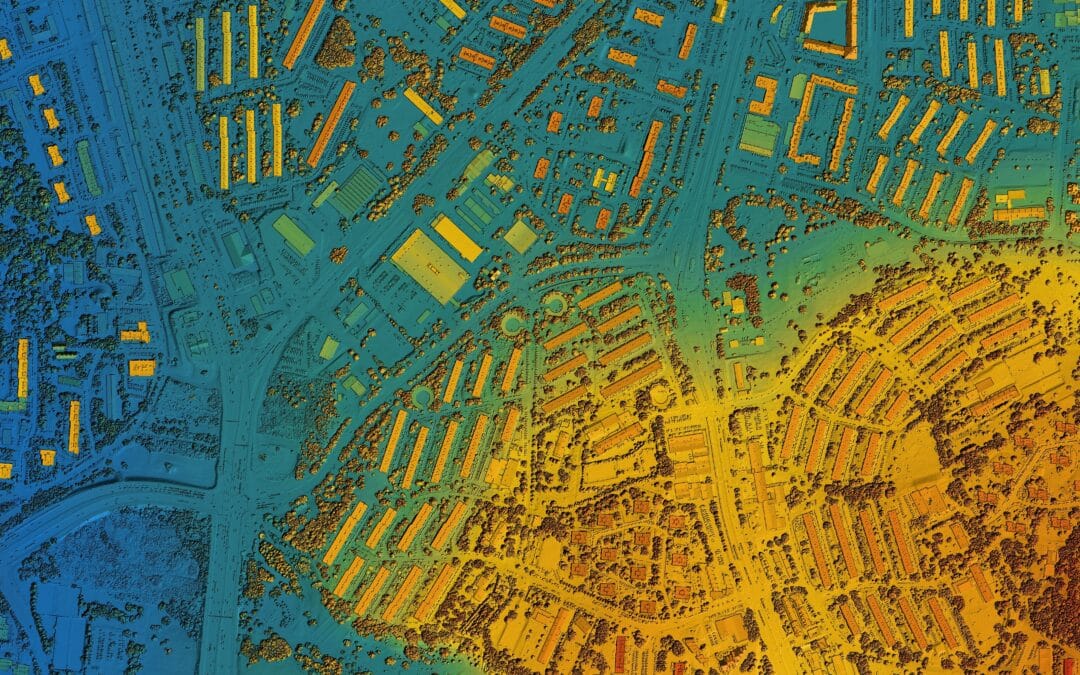When you drive by a strip mall, you probably notice it in an absentminded sort of way. Maybe you get a little hungry if there is a popular restaurant you particularly like out front, or maybe you remember you had been meaning to stop by that big-box arts-and-crafts or DIY store. Every single one of those thoughts is a gold mine of information to a commercial real estate investor, and each retail outlet can tell you dozens of facts about that commercial property.
Looking at Location in a New Light
We have all heard it thousands of times: “In real estate, it’s all about location.” When you are looking at a commercial property, that is also true. However, the value of the location as a commercial investment is measured differently than when you think about residential investments. With commercial investments, it’s all about the traffic. This means the size of the population in the area, the amount of foot and automotive traffic that passes by, and the type of traffic guidance and control (traffic lights, street signs, street design, etc.) all play a huge role in the value of a property.
Say, for example, that you are looking at a retail location for Chili’s, a wildly successful, national franchise. You can be reasonably confident that a Chili’s in Dallas, Texas, and a Chili’s in Frisco, Texas, will both do pretty well for the area. However, the Chili’s in Dallas will likely be worth more to its landlord than the one in Frisco because the population in Dallas is larger. On the other hand, if the Chili’s in Frisco is located on a corner with a stoplight in the center of a high-traffic area and the Chili’s in Dallas is on a divided highway outside the city limits and requires a U-turn two miles up the road just to access the restaurant from the opposite side of the highway, that Frisco Chili’s just might beat the Dallas restaurant.
It’s all about how many people are going by and if they are able to get to your building and spend money.

If the business “out front” in a strip mall location has multiple open drive-through lanes that are clearly operational, that is a good indicator that the traffic through an area is good.
Thinking Bigger is Often Better
When it comes to the cold, heartless facts of commercial real estate, you must accept that national chains are usually more valuable than mom-and-pop stores. Don’t hate me for saying that! There is definitely a market and a place for individually owned businesses and buying local, but when it comes to your average strip mall, a location with national tenants like Starbucks or Mattress Firm (probably the ones you are most likely to recognize right off the bat) will usually offer higher values than those with smaller chains or mom-and-pop operations. This is due, in large part, to national chains’ ability to sign long-term leases and assist landlords with maintenance, property taxes, and other types of upkeep. They usually also have higher credit ratings, which means if you are not planning on keeping the building for yourself it will be easier to sell it.
You also should take note of freestanding buildings in front of the retail space (see example above). Is there a 24-hour Walgreens? How about a fast-food restaurant? Not only can these tenants make your property more attractive; they can also tell you a lot about how things are going in your potential investment right now. For example, does the store have one or two drive-through windows available? If two, then that is a good indication that there is a very solid flow of traffic through the area. That is a positive indicator about the value of the asset. If one, then that is not necessarily a negative sign, but if that one is boarded up, you might want to do a little more investigating!
Does the Property House a Destination Location?
A commercial property with a destination tenant, a store or venue to which people deliberately drive rather than simply swinging through as they pass by, is definitely a solid bet for a commercial investment. Examples of destination tenants include gyms, grocery stores, arts-and-craft stores, and other specialty stores. Drive-by stores, on the other hand, might include quick-service sandwich shops or clothing retailers who do not offer an exclusive brand.
Practice Like a Pro
As you drive around your local area, start paying attention to how you interact with the commercial real estate around you. Do you usually go to the nail salon on purpose, or is that a drive-by for you? How about the dry cleaner? For you, is a grocery stop pre-planned or spur-of-the-moment? Always, monitor how easy it was to make a stop at a commercial location and at what point (I guarantee this happens) you gave up trying to go to that store because things got too difficult or time-consuming. You might find that some of your habits are surprising, and all of these behaviors will give you clues about how valuable any given location in town might be.
Looking to get started in Commercial Real Estate? Pamela Goodwin offers a course called “How to Break Into Commercial Real Estate” on our site! Watch the first episode here.
























0 Comments